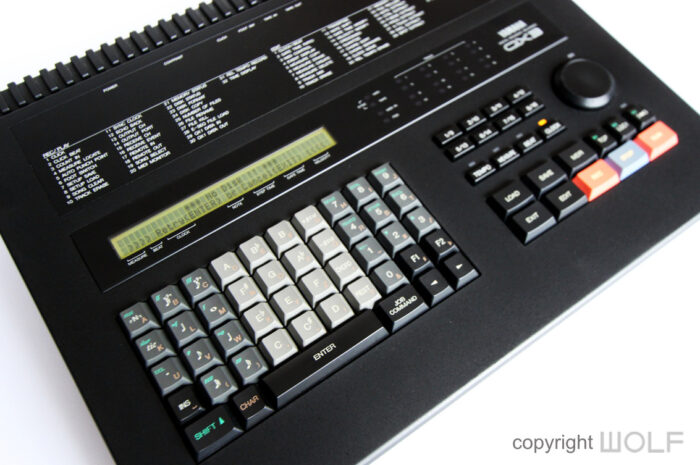WOLF retro DESIGN REVIEW. 4th June 2020
Is it a fax machine, a cash register, or a computer? No, its a sequencer…..what’s that?
A retro review looks at products that are at least over ten years old from a present-day WOLF design perspective. While the technology and fashion of the period influence design, and are taken into consideration, great design ideas will transcend their eras to be timeless.
Interesting and factual information may be provided, but our review aims to deliver insight from the perspective of a designer’s mind and eyes.
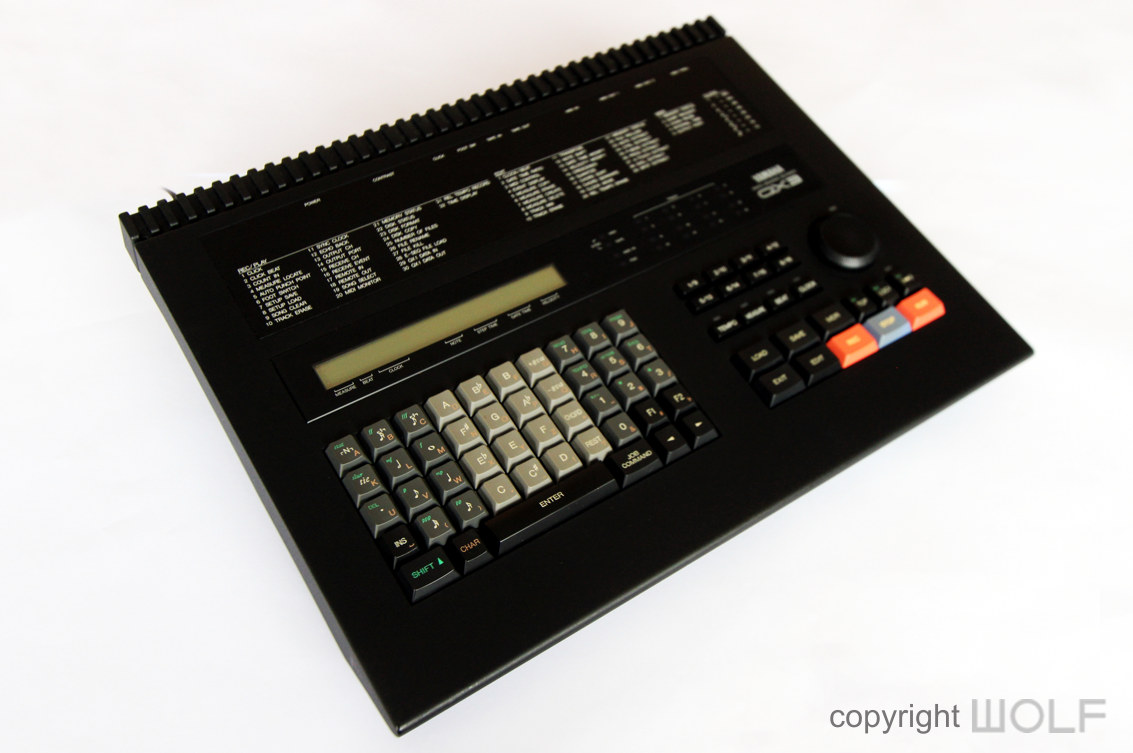
What’s a digital sequencer?
Introduction
Product Focus
As with most reviews the focus is on the design and its evolution within the industry. The functioning systems and sound quality are not necessarily considered.
Product description
Yamaha QX3 is a 16-track linear sequencer released in 1987. It was an important part of Yamahas second generation of FM products which included the DX7IID/FD, TX802 Tone generators and RX5 drum machines.
Price and Availability.
The QX3 was very powerful as a stand-alone sequencer, however for today its technology is rather dated. It’s still useful for certain applications but for many it will be curious piece of vintage gear. They can cost anywhere from $100 to $500 depending on condition.
Additional information
The QX3 was Yamaha’s follow up to their QX1 (mothership) sequencer. It was designed to be more elegant and user friendly.
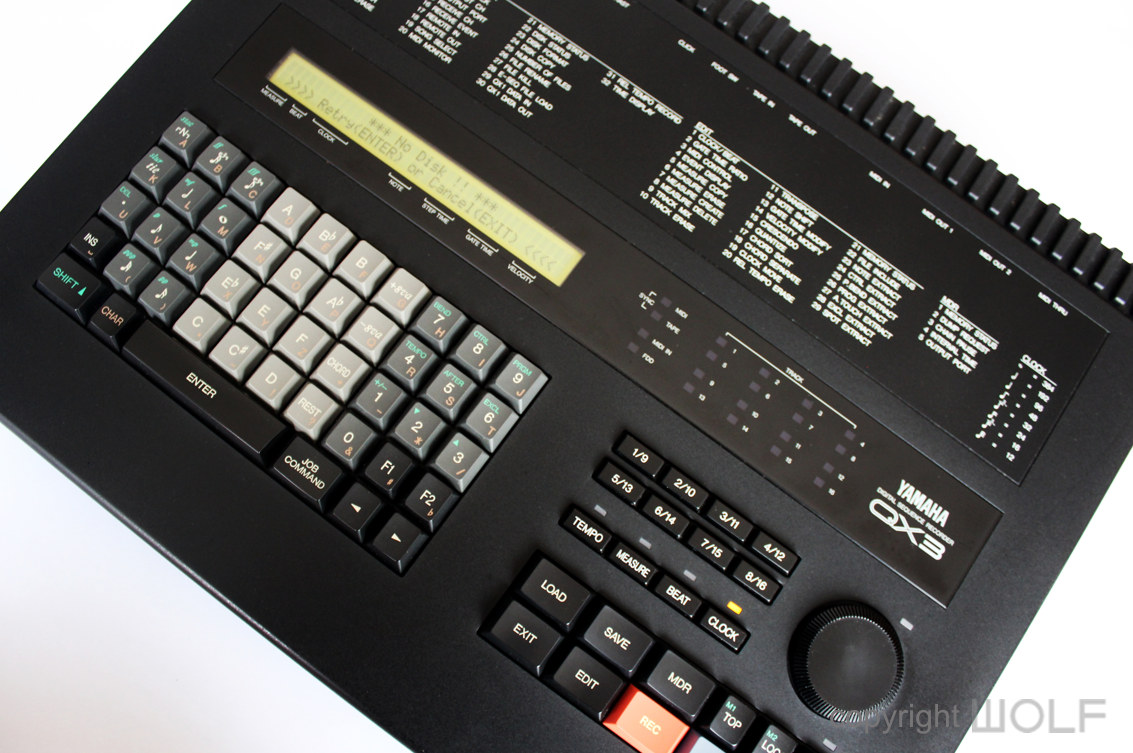
Review
First impression/ Delight
For the unfamiliar, a sequencer is a curious piece of vintage gear. On the one hand it is proportioned like a drum machine but the computer like keypad makes it feel like an ancient form of laptop computer or cash register.
With its large screen, array of buttons and lights, it’s certainly ready for business. Its design is definitely related to the RX5 drum machine and ready to compliment the mark II DX synthesizers.
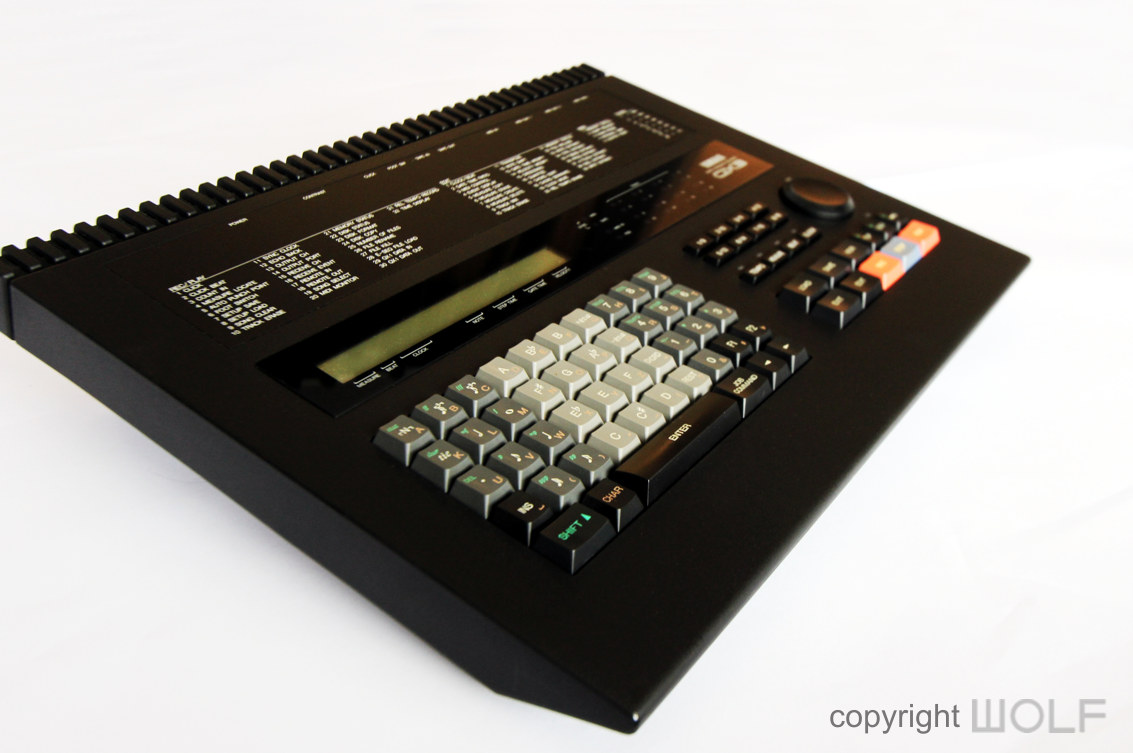
Exterior Design Review
It’s an elegant machine in neat black housing with a relatively slender profile. The main panel is dominated by a computer like keypad with a yellow LCD screen above it. The screen is identical to those on the DX7II synthesizers and considered large in 1987. Although excellent for a sequencer the screen would be nicer if it could have been slightly longer to line up with the keypad below it. On the right end is a smaller group of buttons with and Alpha dial.
On the top edge Yamaha continues the same corrugated design as seen on the RX5 drum machine. This corrugated pattern runs length of the machine as an air vent and rhythmic gesture. It’s subtle and forms a nice detail to finish the top left and right corners.

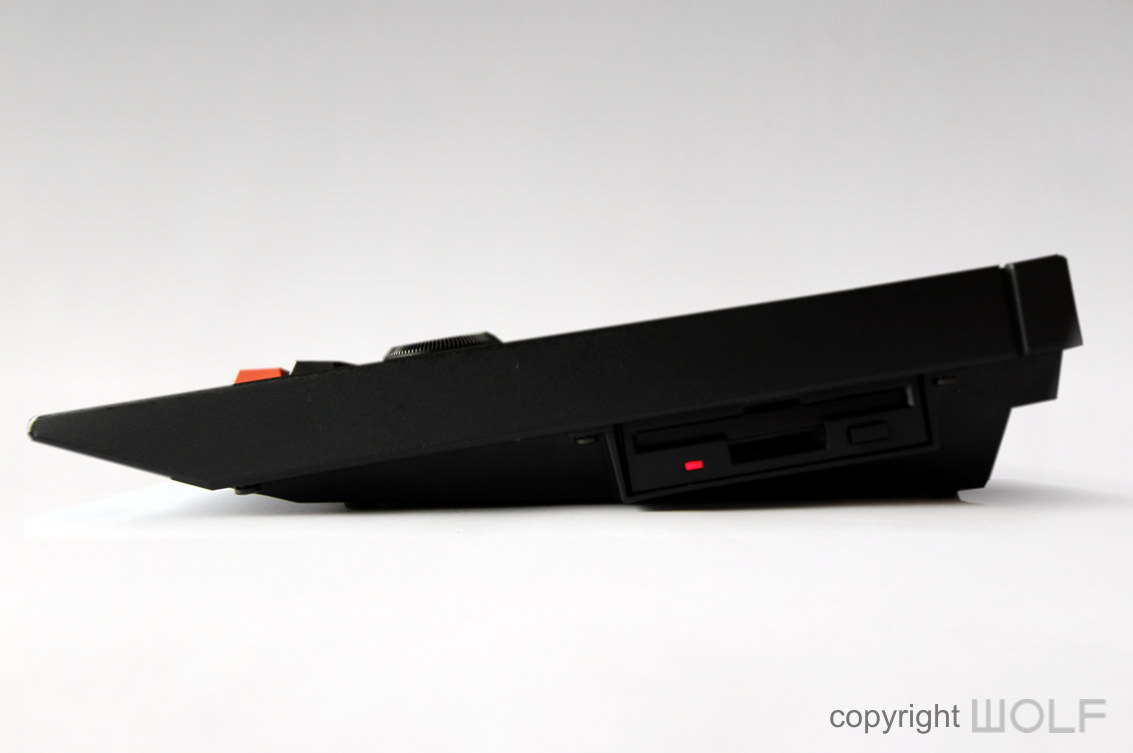
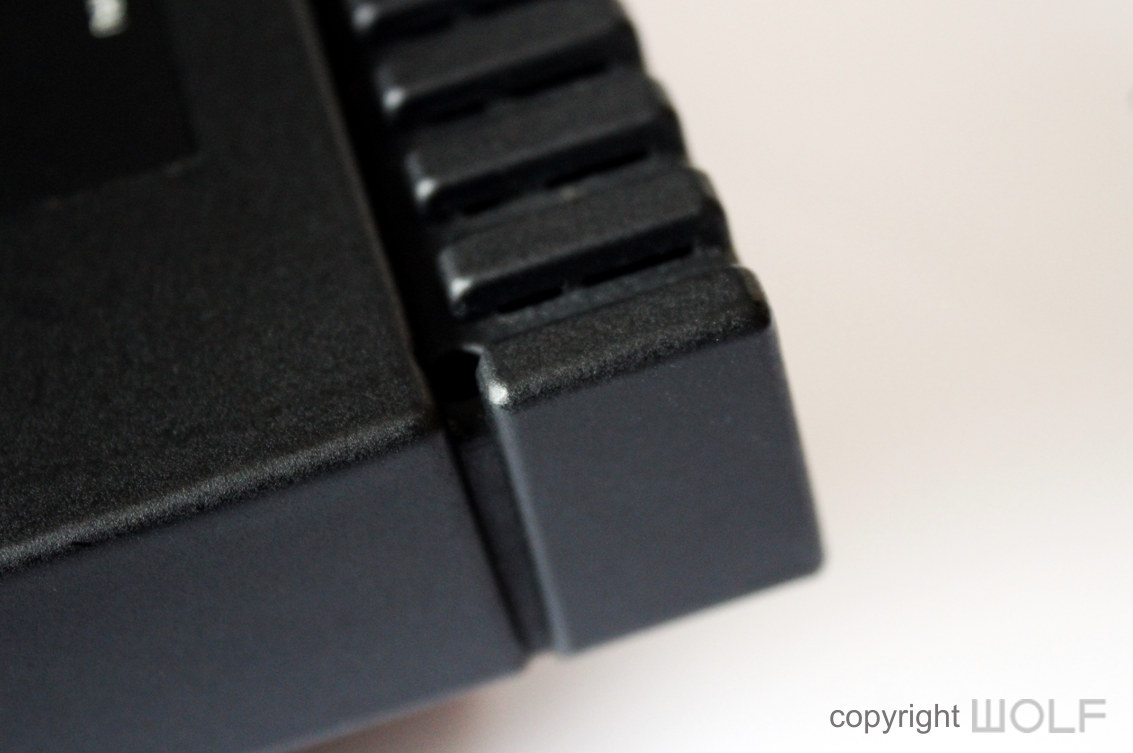

Craftmanship.
The late 80s, was a golden era for Yamaha in regards to design and craftmanship. A large investment into their product development would have been possible due to the hugely successful DX7 which took the World by storm. The QX3 belonged to a family of beautifully crafted black machines built with best materials and finishes in mind.
The buttons feel firm and encourage tapping like its drum machines. The screen is clear and bright and encased in a large sheet of acrylic that spans the length of the unit. The casing is a high-grade plastic painted in matt black with fine grainy texture. The underside is all metal with rubber bumpers to sit firm.
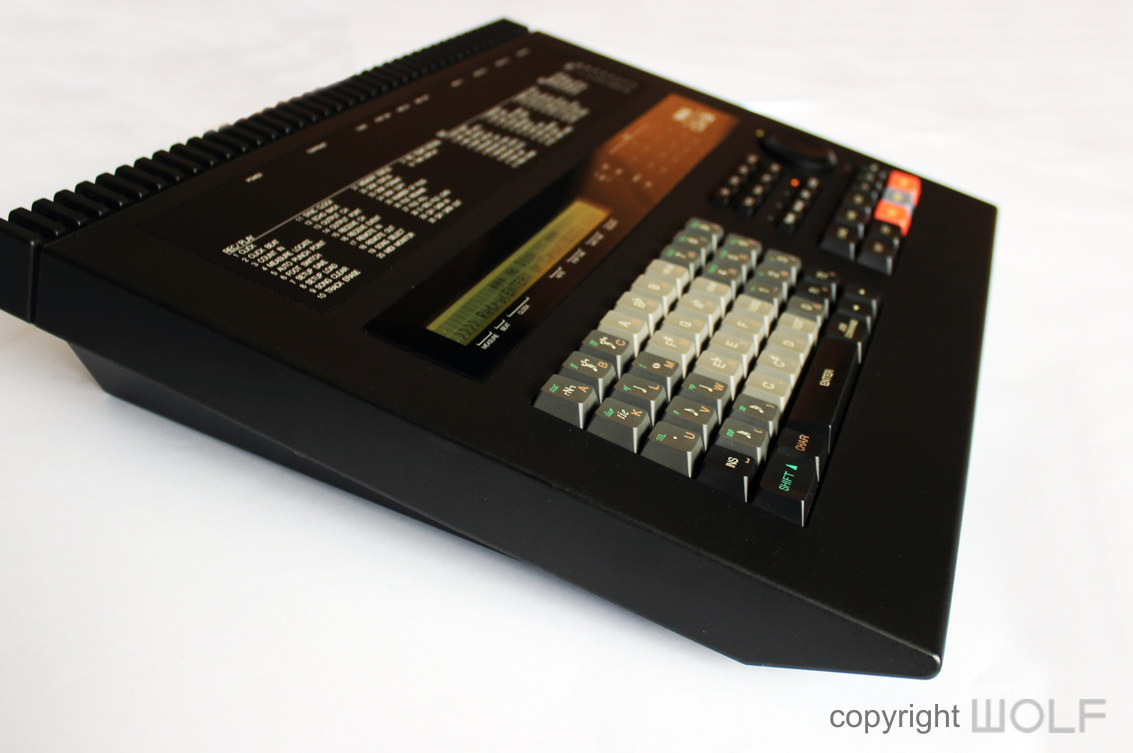


FUNCTION- Experience.
The computer style keypad is colour coded and well organised to be efficient and practical. The buttons feel nice and designed to be pressed fast and hard. The alpha dial feels smooth and precise.
The backlit screen displays information well and we think the grid of LED lights on the right side was very helpful. The top end of the main panel is allocated to printed information on REC/PLAY and EDIT functions.
A disk drive is discretely hidden on the right side, similar to the way it was hidden on the DX7IIFD.
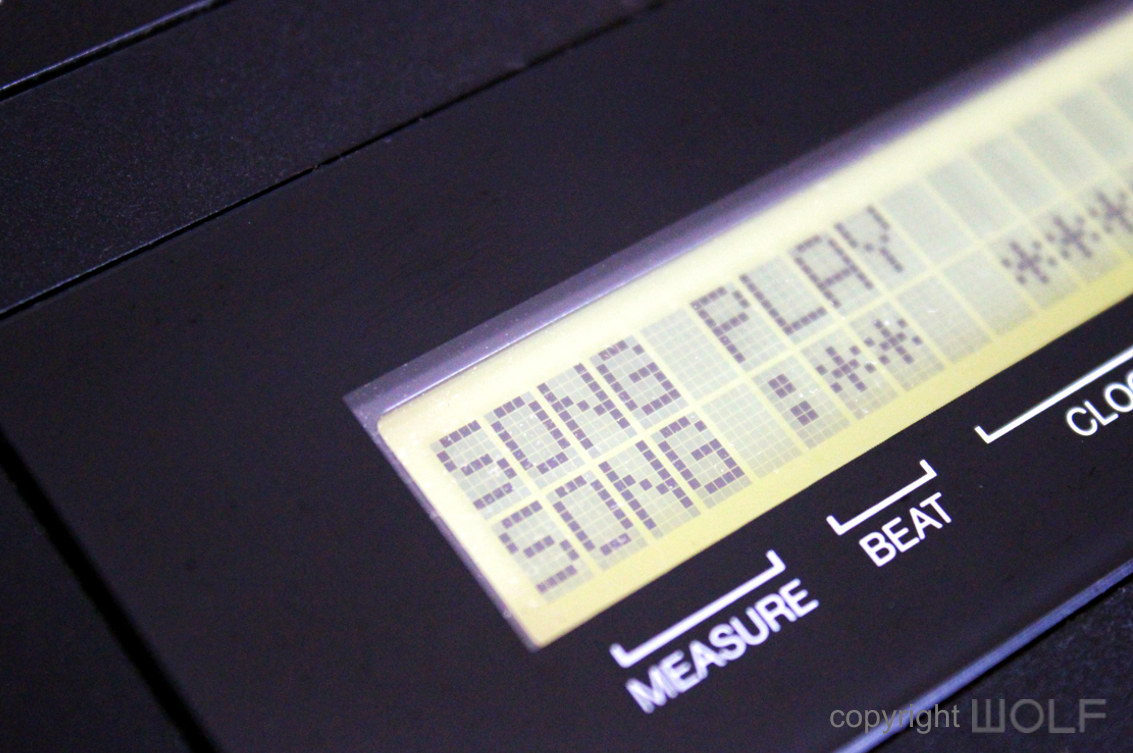


Desirability / Collectability and what to look for.
The QX3 was a quality machine and the design and craftsmanship reflect this well. Most are still in perfectly functioning order. The buttons tend to go very smooth and shiny, and so too will the corners of the unit from hand contact. It had a metal sheet music stand that could attach to the top and this is often missing. The QX3 also ha d a very beautiful hard case which is rare and often only found in Japan.
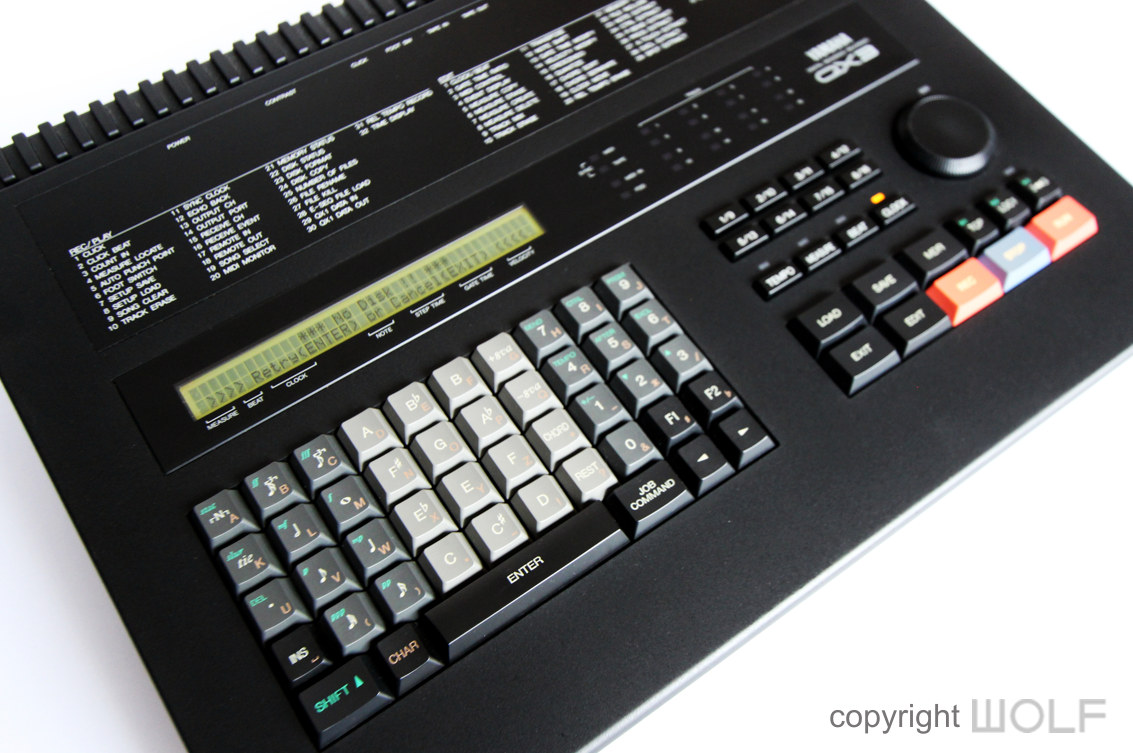

The metal music stand that is often missing.
WORD OF THE WOLF
The QX3 is a beautiful piece of retro gear although it’s probably not very interesting or useful to someone who didn’t use it back in the day. From a design perspective it was well conceived but we can’t see it having much display or investment potential. Go for it if you find a bargain in mint working order with original accessories, but it will mainly satisfy sentimentality rather than collectability.

The original box!
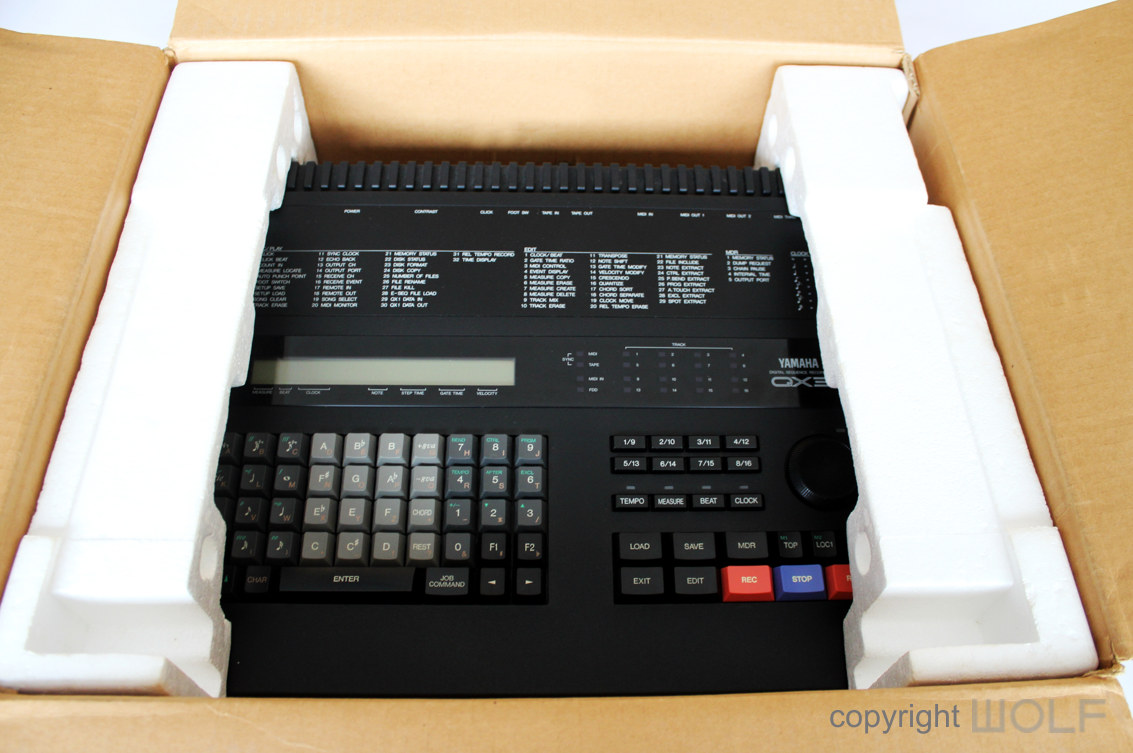
Mint in box!

Info on the back of Japanese brochure illustrating the rare and beautiful LC-QX3 Hard case.
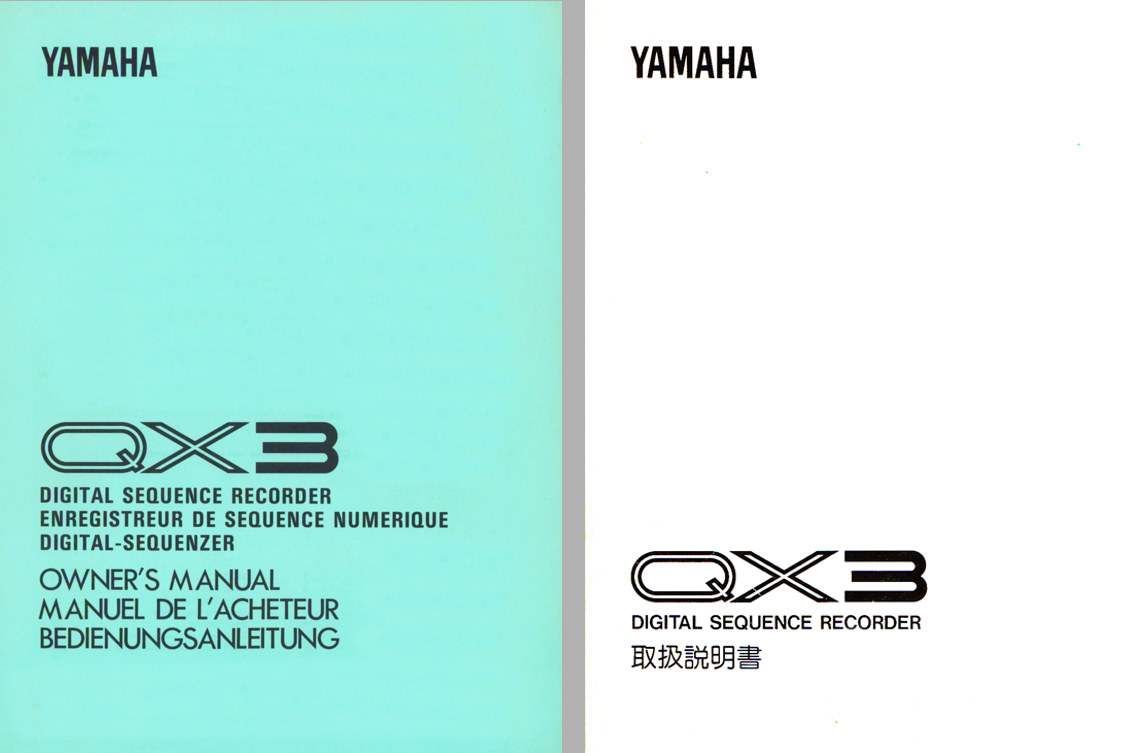
European manual had the standard Aqua coloured cover. The Japanese manuals had plain white covers.
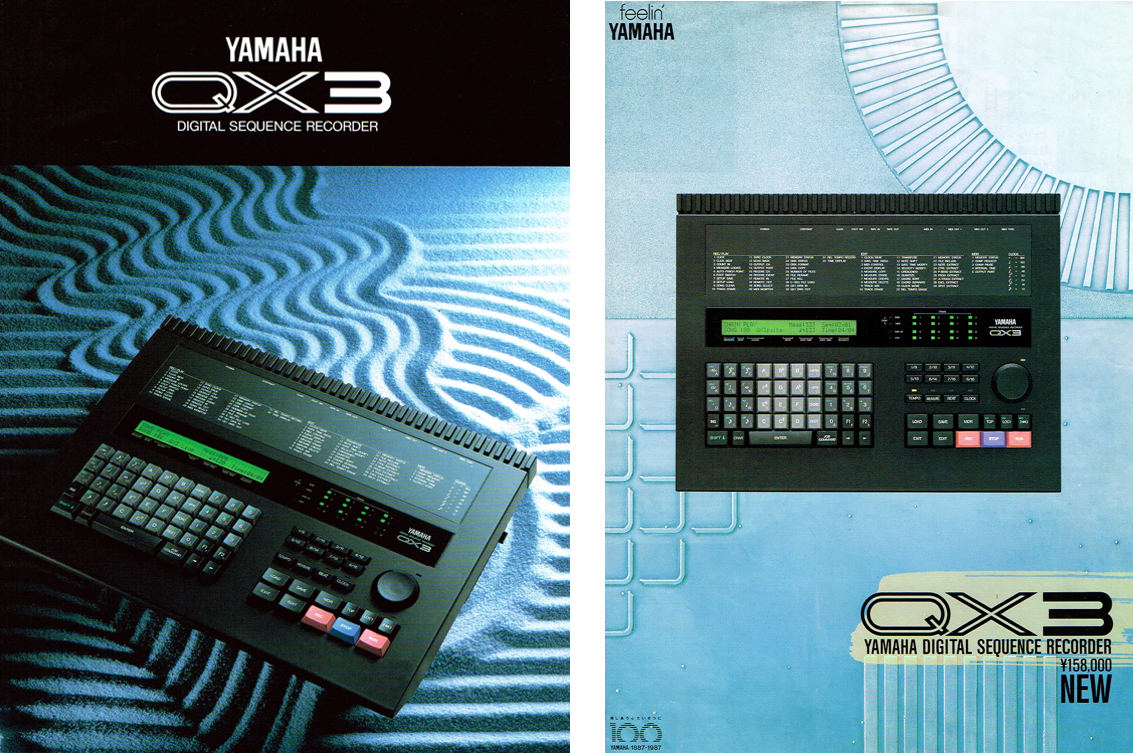
Left- English Brochure. Right- Japanese brochure.

Yamaha had these button pins for the DX, CX and QX. THis QX pin however was more related to the QX1.
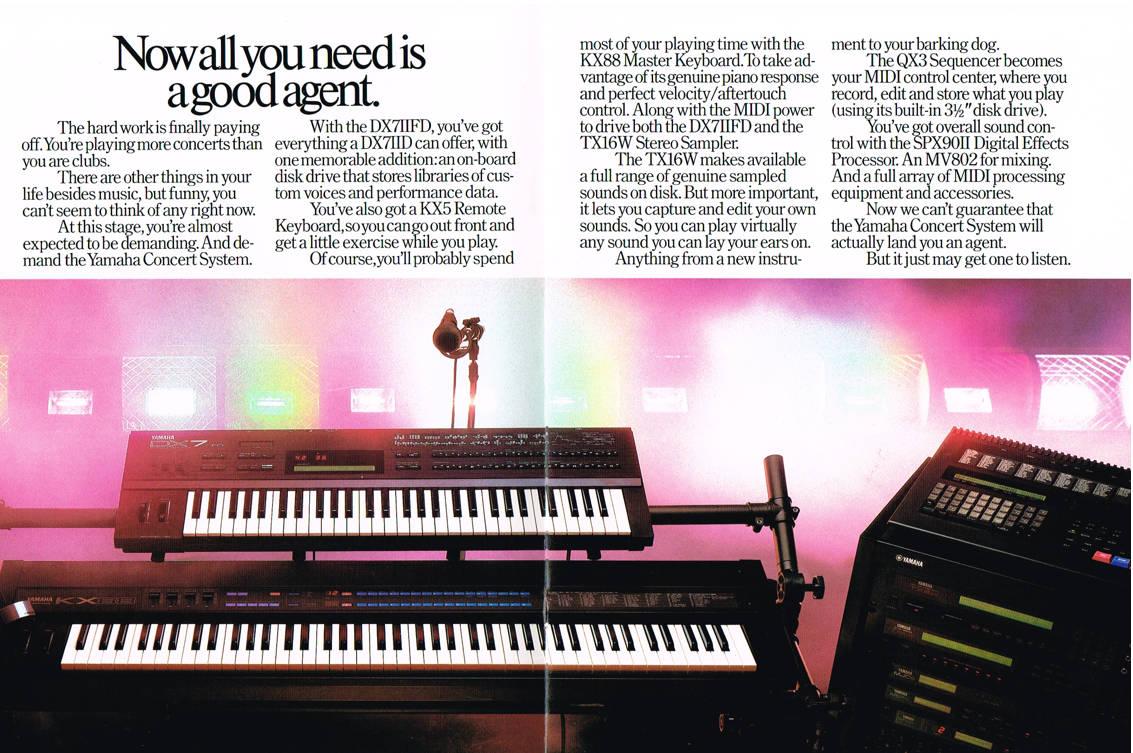
The QX3 to the left of a DX7IIFD and a KX76
WOLF DESIGN EXCELLENCE SCORE = 6.2
Disclaimer
The information in this review is intended for informational or educational purposes to provide readers an understanding of how something may be seen from a certain design perspective. In this case it is from the view point of WOLF DESIGNS. As design is subjective this review should only be considered as an independent opinion. Information further to being of an opinion is provided to the best of our knowledge based on our own research at the time of doing the review. We cannot be held responsible for any inaccuracies or inconsistencies and reserve the right to change or update any content as appropriate.
The final responsibility of the design resides with the original manufacturer.

